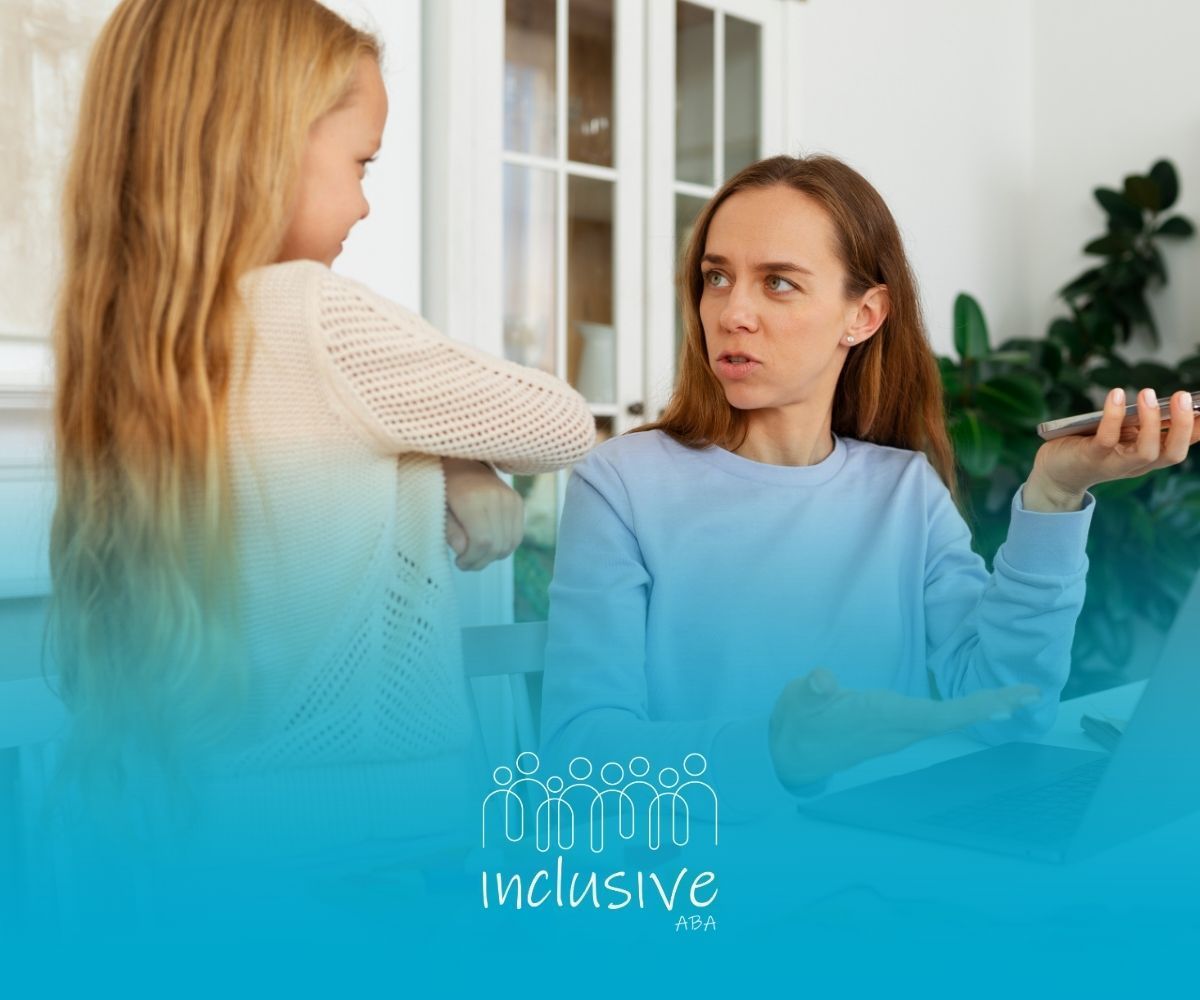Exploring Effective School-Based ABA Therapy Programs Today
Understanding School-Based ABA Therapy
Definition And Goals
School-based ABA therapy programs deliver Applied Behavior Analysis interventions within educational settings. They aim to teach functional skills, reduce challenging behaviors, and boost social engagement for students with autism spectrum disorder. By embedding ABA strategies directly into the classroom routine, these programs support learning alongside peers.
Evidence Base
Decades of research confirm the impact of ABA on communication, daily living, and social skills. A controlled study involving 100 institutionalized children found significant gains in adaptive behaviors and social functioning after eight weeks of ABA sessions. Early intervention models report similar improvements, especially when therapy is intensive and consistent.
Applying Core ABA Techniques
Discrete Trial Training
Discrete Trial Training (DTT) is a structured method that breaks skills into small steps. Each trial includes a clear instruction, a prompt if needed, and a reinforcement following a correct response. Educators often rotate prompts to encourage independent responses and use error correction strategies when mistakes occur.
Naturalistic Teaching
Naturalistic teaching embeds learning opportunities in everyday activities. Teachers might turn snack time into a chance to practice requesting or following simple instructions during play. This approach promotes generalization because skills emerge within a student’s natural routines and environments.
Token Economies
Token economies reinforce positive behavior by awarding tokens that students exchange for preferred items or privileges. This system teaches delayed gratification and motivates consistent participation. Clear token rules and visible token charts help maintain transparency and student engagement.
Comparing Program Models
Public School Integration
Public school programs allow students with autism to learn alongside their neighborhood peers. These inclusive models foster community immersion and promote social interaction. However, general education staff may require additional training to implement ABA strategies with fidelity.
Center-Based Programs
Center-based settings offer intensive ABA instruction with low student-to-therapist ratios. Staff are often board-certified behavior analysts or well-trained technicians. Families benefit from quick access to specialists, but children may miss general education experiences and broader peer interactions.
Public School vs. Center-Based ABA Programs
A clear comparison of educational and therapeutic settings
Student–Teacher Ratio
Public School Programs
Typically feature larger classrooms with higher student-to-teacher ratios, limiting one-on-one time and individualized attention.
Center-Based Programs
Offer smaller groups and lower ratios, allowing more direct interaction, observation, and personalized ABA instruction.
Staff Expertise
Public School Programs
Staff members often have varied levels of experience with autism and may not be formally trained in ABA techniques.
Center-Based Programs
Supervised by Board Certified Behavior Analysts (BCBAs) and staffed by RBTs with specialized ABA training and ongoing development.
Integration Opportunities
Public School Programs
Encourage inclusion within the larger school community, helping children interact with neurotypical peers in natural settings.
Center-Based Programs
Provide structured therapy environments focused on individualized goals before transitioning skills to community settings.
Supervision & Training
Public School Programs
Typically receive BCBA or special-education supervision on a monthly or quarterly basis, depending on district resources.
Center-Based Programs
Receive consistent supervision from senior clinicians and BCBAs, ensuring frequent feedback, data review, and skill refinement.
Facilitating Professional Collaboration
Roles Of Educators And Therapists
Successful school-based ABA therapy requires clear role definitions. Teachers provide daily instruction and embed ABA strategies throughout the curriculum. ABA therapists design behavior intervention plans and coach school staff on data collection and prompting techniques.
Family Engagement Strategies
Family involvement strengthens carryover of skills across settings. Regular progress meetings, home activity guides, and digital data-sharing tools keep families informed. Collaborative goal setting ensures consistency between school and home environments.
Addressing Common Challenges
Staffing And Resource Gaps
Many districts report a shortage of qualified ABA professionals, with an estimated 2,600 additional behavior analysts needed nationwide. Schools can partner with local universities or telehealth providers to bridge these gaps.
Training And Supervision Needs
Ongoing staff development is essential for high-quality programming. On-site workshops, peer observations, and remote coaching sessions help maintain fidelity. Detailed treatment plans ensure that substitute staff or family members can follow interventions without confusion.
Tracking Progress And Outcomes
Data Collection Methods
Accurate data drives decision-making in ABA. Teachers and therapists may use digital tools for automatic session logging or paper-and-pencil checklists for quick in-class notes. Frequent data reviews identify trends, highlight skill gains, and flag areas needing adjustment.
Evaluating Behavioral Changes
Behavior analysts regularly analyze collected data to measure progress against individualized goals. Graphs and visual charts clarify trends, making it easy to see when interventions require updates. Statistically significant improvements in social and communicative skills validate program effectiveness.
Choosing A School-Based Program
Decision Criteria
Families and educators should consider criteria such as staff credentials, student-to-therapist ratio, and program flexibility. Observing a classroom in action provides insights into how seamlessly ABA strategies integrate with typical school routines.
Cost And Insurance Factors
ABA therapy costs can range from $17,000 to $21,000 annually, though insurance mandates vary by state. Districts in Nevada, Nebraska, and Colorado often cover school-based services under special education provisions, reducing out-of-pocket expenses for families.
Encouraging Skill Generalization
Classroom To Community
One core goal of ABA is generalization, the transfer of skills from structured lessons to real-world settings. Teachers might practice social greetings during recess or community outings, reinforcing skills with a variety of peers and environments.
Real Life Applications
Daily living tasks, such as following a lunch routine or managing transitions between subjects, offer practical practice. Embedding cues and reinforcements across school hallways and playgrounds helps students apply learned behaviors independently.
Conclusion
Integrating ABA therapy directly into schools empowers students with ASD to learn vital skills alongside their peers. Both public and center-based models offer unique advantages, making it important to evaluate programs based on staffing, training, and community inclusion. Consistent collaboration among educators, therapists, and families, combined with precise data tracking, ensures that interventions remain effective and responsive.
With careful planning and support, school-based ABA therapy programs can promote lasting personal growth, social engagement, and academic success for students on the autism spectrum. Families and school personnel are encouraged to explore local offerings, schedule classroom observations, and engage in regular planning meetings to tailor programs that meet each child’s unique needs.
At Inclusive ABA, we believe every child deserves the opportunity to thrive academically and socially in inclusive learning environments. Our ABA programs in Nevada, Nebraska, and Colorado are designed to help students with autism build essential communication, social, and behavioral skills directly within their classrooms. Through collaboration with teachers, administrators, and parents, we ensure each child’s individualized goals align with both academic and emotional development.
Contact us today to learn more about customized school-based ABA services and how we can partner with your district or family to promote meaningful success.
Frequently Asked Questions
What is school-based ABA therapy?
School-based ABA therapy involves applying behavioral principles directly within the classroom to help students with autism improve focus, communication, social skills, and emotional regulation while participating in daily school activities.
How does ABA therapy benefit students in school settings?
By integrating ABA techniques into academic and social routines, students gain independence, behavioral stability, and stronger peer interactions. It also enhances collaboration between educators and therapists for consistent progress tracking.
Can ABA therapy be combined with other school supports, like speech or occupational therapy?
Yes, absolutely. Collaborative care is key—ABA therapy works best when combined with services such as speech, OT, and social-emotional learning programs, ensuring that each child receives holistic, coordinated support throughout their school experience.
SOURCES:
https://pmc.ncbi.nlm.nih.gov/articles/PMC11487924/
https://www.autismparentingmagazine.com/aba-principles/
https://www.autismspeaks.org/applied-behavior-analysis
https://www.thebigger.com/how-school-based-aba-therapy-constructs-solid-foundations-for-learning/
https://etd.ohiolink.edu/acprod/odb_etd/ws/send_file/send?accession=ysu1683233956307364&disposition=inline
Looking for Expert Help? We're Here for You!
Our compassionate and skilled team is devoted to enhancing your child's development through customized ABA therapy. Let us partner with you to create a supportive environment for your child's success.
Discover how we can help your family thrive with expert ABA therapy.
Related Posts







